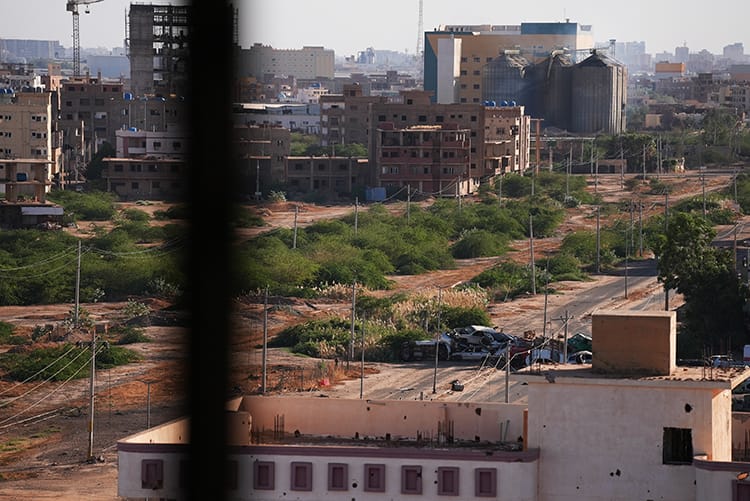What was once a bustling neighbourhood in Khartoum Bahri now greets returning families with silence and sorrow. The familiar streets are now dotted with makeshift graves—remnants of a war that has not only shattered homes but altered the very fabric of the city.
When Mohammed Abbas returned to the area where his family once lived, he wasn’t looking for shelter or belongings. His mission was more personal: to relocate the grave of his brother, hastily buried during the height of conflict. But what he encountered was a web of legal obstacles and unanswered questions from police authorities, leaving his brother’s remains still resting in an improvised plot.
“I just want to bury him in a proper cemetery,” Abbas said. “But I’m stuck in paperwork while his grave lies next to what used to be our football field.”
His story echoes that of many others now trickling back to the city, only to discover a haunting new reality: streets turned to cemeteries, mosques surrounded by burial mounds, and playgrounds marked by simple headstones.
War Left No Time to Grieve
During the worst of the siege, when Khartoum Bahri was under the control of the Rapid Support Forces (RSF), fleeing was often impossible. Constant shelling and armed patrols meant even the act of burying the dead became a life-threatening risk.
“There were no cemeteries we could reach,” said Yaqoub Ahmed, a volunteer who helped bury victims in public spaces. “You either buried them close by or left them to decay.”
Local sports fields, residential gardens, and mosque courtyards became default burial sites. In some instances, volunteers had to bury two bodies in a single grave, racing against shellfire and the fear of being seen.
Even now, the air in parts of the Shambat neighbourhood is heavy with decay. In one abandoned house, the body of an RSF fighter remains untouched—a grim symbol of how abruptly life was upended.
The Weight of Returning
Though the RSF relinquished control to the Sudanese army earlier this year, families returning to Khartoum Bahri face a city frozen in grief. With no running water, healthcare, or functioning power lines, the physical destruction is overwhelming. But it is the psychological weight—the graves in gardens, streets, and parks—that haunts people the most.
“These sites make it nearly impossible for residents to restart their lives,” said community organizer Musab Al-Jack. “We’ve asked the police to relocate remains to official cemeteries, but they keep demanding more paperwork and larger-scale reports.”
While a few, including a Syrian father who successfully relocated his daughter’s remains, have managed to navigate the red tape, most families remain in limbo. Their lost loved ones remain in the streets, with no clear path to dignified reburial.
A City Trapped Between Memory and Recovery
Khartoum Bahri is not just rebuilding from physical ruin—it is confronting the psychological trauma of a city that had to bury its dead in haste and fear.
As residents weigh the decision to return, many are torn. “How can we rebuild homes when the ground itself is a graveyard?” asked one resident quietly, gesturing toward a row of crude burial markers near a mosque.
The scars of the conflict are etched deep into the neighbourhood’s landscape. And as families attempt to reclaim their lives, they must do so while walking among the dead—bearing witness to a past that refuses to be buried.



